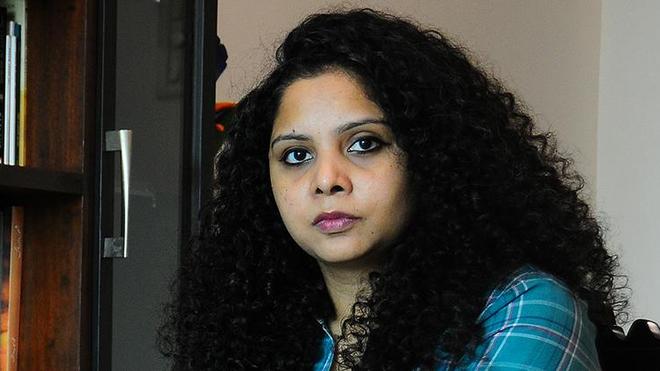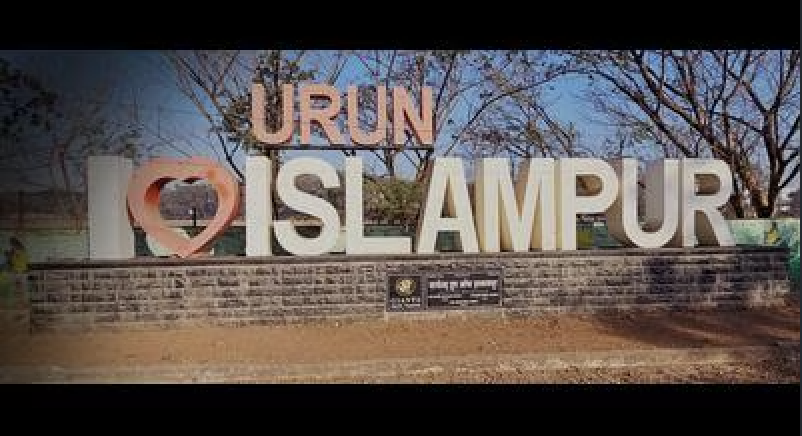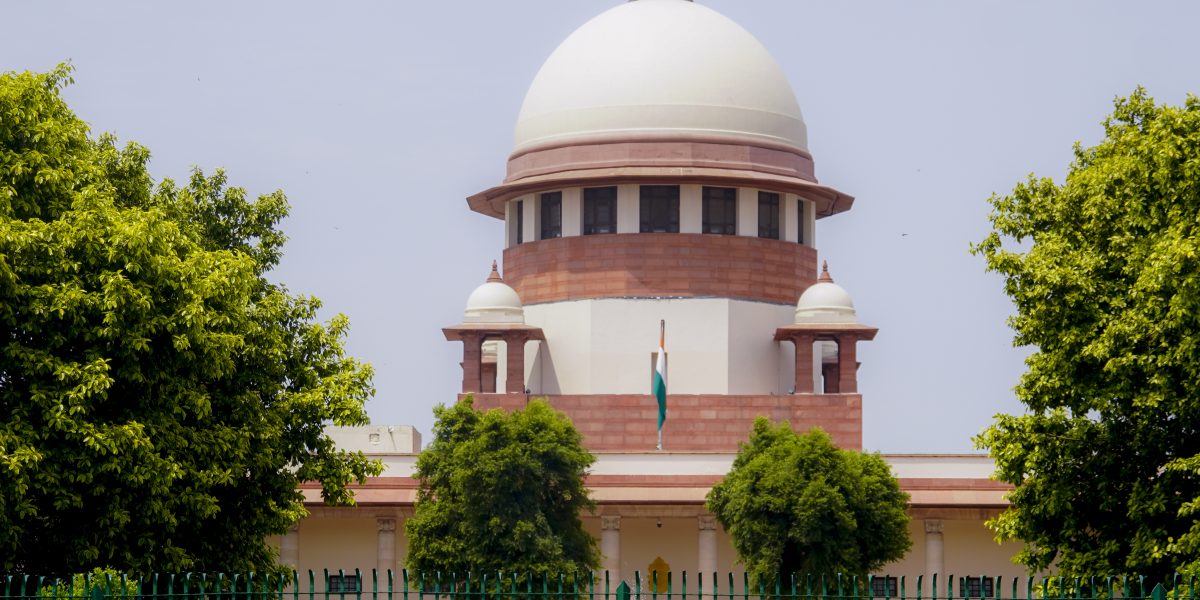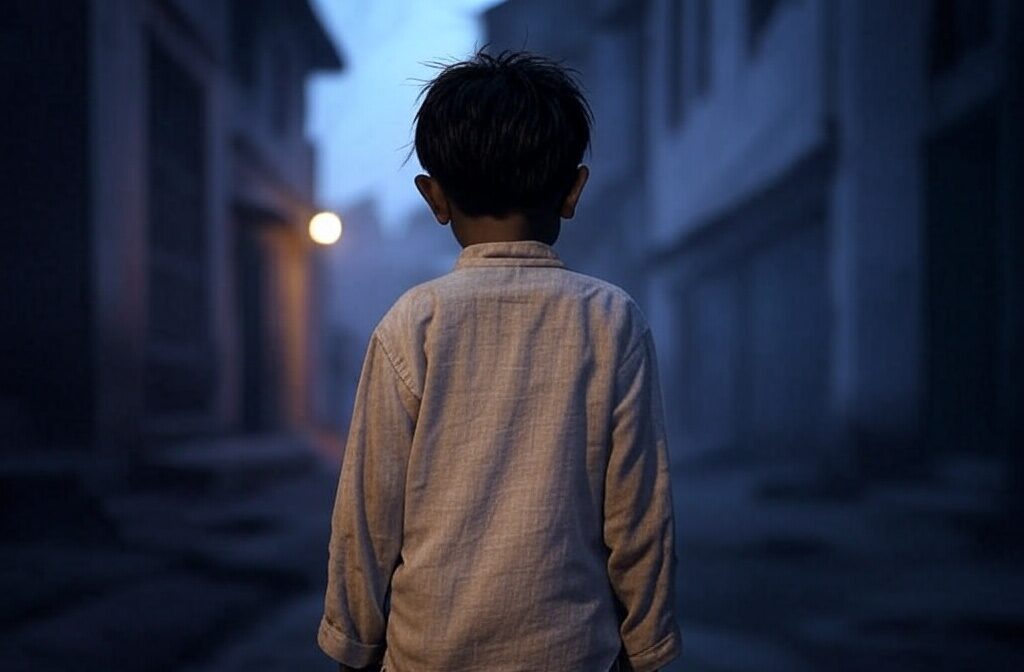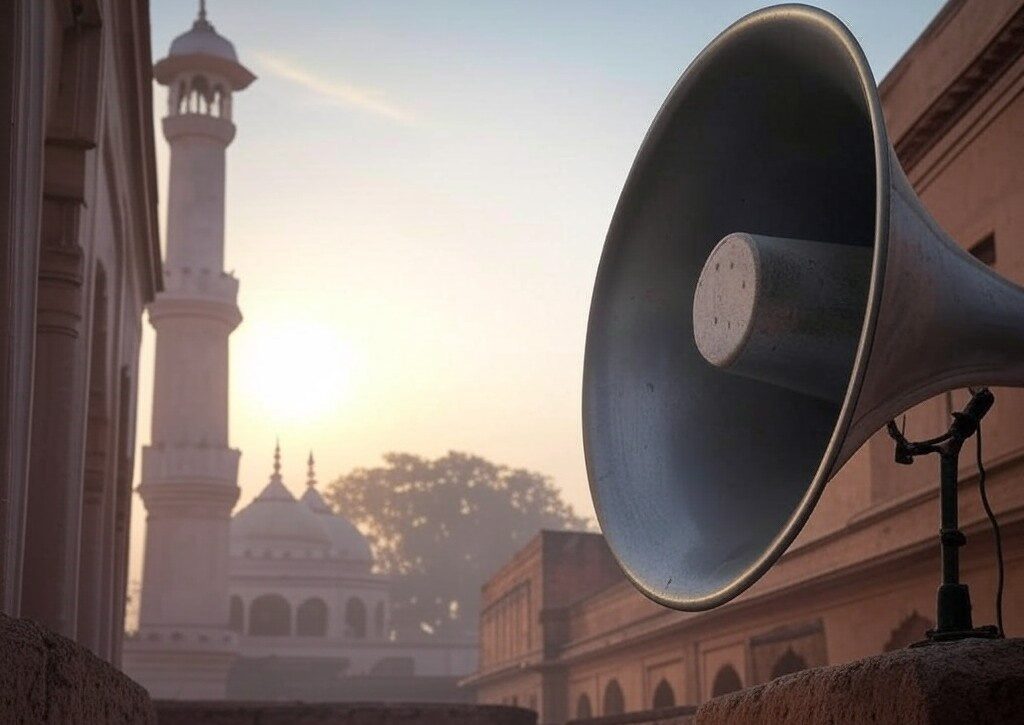
Mangalore, India – Mohammad Ismail was 21 in 2005 when he worked as a salesman at a saree store in the coastal city of Mangalore in the southern Indian state of Karnataka.
One afternoon in May that year, Ismail was on way to Mysore, a heritage city some six hours away, in a bus when he along with several other Muslims were pulled out and brutally attacked by a mob of Hindu vigilantes. Ismail suffered serious injuries and remained bedridden for months.
The reason? The group he was travelling with included Hindu girls.
“The culture at the time was such that we could not even be found near Hindu girls,” Ismail told Al Jazeera 17 years after the incident.
“Mobs from Hindu right-wing organisations would beat up and lynch any Muslim boy over the pretext of seducing Hindu girls or transporting cows for slaughter, and there would be little action against them.”
‘Karnataka model’
In the nearly 320km-long (199 miles) coastal belt of Karnataka, such attacks are no aberration. They have a steady history of more than 30 years, giving the region the notorious distinction of being southern India’s “Hindutva laboratory”.
Hindutva refers to a 100-year-old Hindu supremacist movement that aims to turn a constitutionally secular India into an exclusive Hindu state. The movement is led by the Rashtriya Swayamsevak Sangh (RSS), the ideological fountainhead of India’s ruling Bharatiya Janata Party (BJP) and dozens of other Hindu right-wing groups across the country.
“Everyone talks about the ‘Uttar Pradesh model’ when it comes to Hindutva, but it is actually the ‘Karnataka model’ which has now spread to the rest of the country,” Ismail said.
Over the last few years, Uttar Pradesh, India’s most populous state governed by the BJP, has made headlines for its anti-Muslim policies, including extra-judicial encounters, demolishing homes and businesses, and arresting people for exercising their freedom of speech.
Before Uttar Pradesh, it was the “Gujarat model” that was widely seen as having first spread the Hindutva movement across India with its large-scale violence and apartheid-style segregation of Muslims.
Gujarat is also Prime Minister Narendra Modi’s home state, which he governed for more than a decade before becoming a parliamentarian in 2014.
In 2002, Modi’s government was accused of a state-sponsored pogrom of Muslims following the burning of a passenger train, in which 67 people, most of them Hindu pilgrims, were killed. While officials said more than 1,000 Muslims were killed in the massacre that followed, activists claim the toll was twice as high.
However, the “Karnataka model” has garnered relatively less attention. Yet, since the 1990s, this highly developed and urban region has not just participated in but also led the Hindutva project nationally.
This story was originally published in aljazeera.com . Read the full story here


